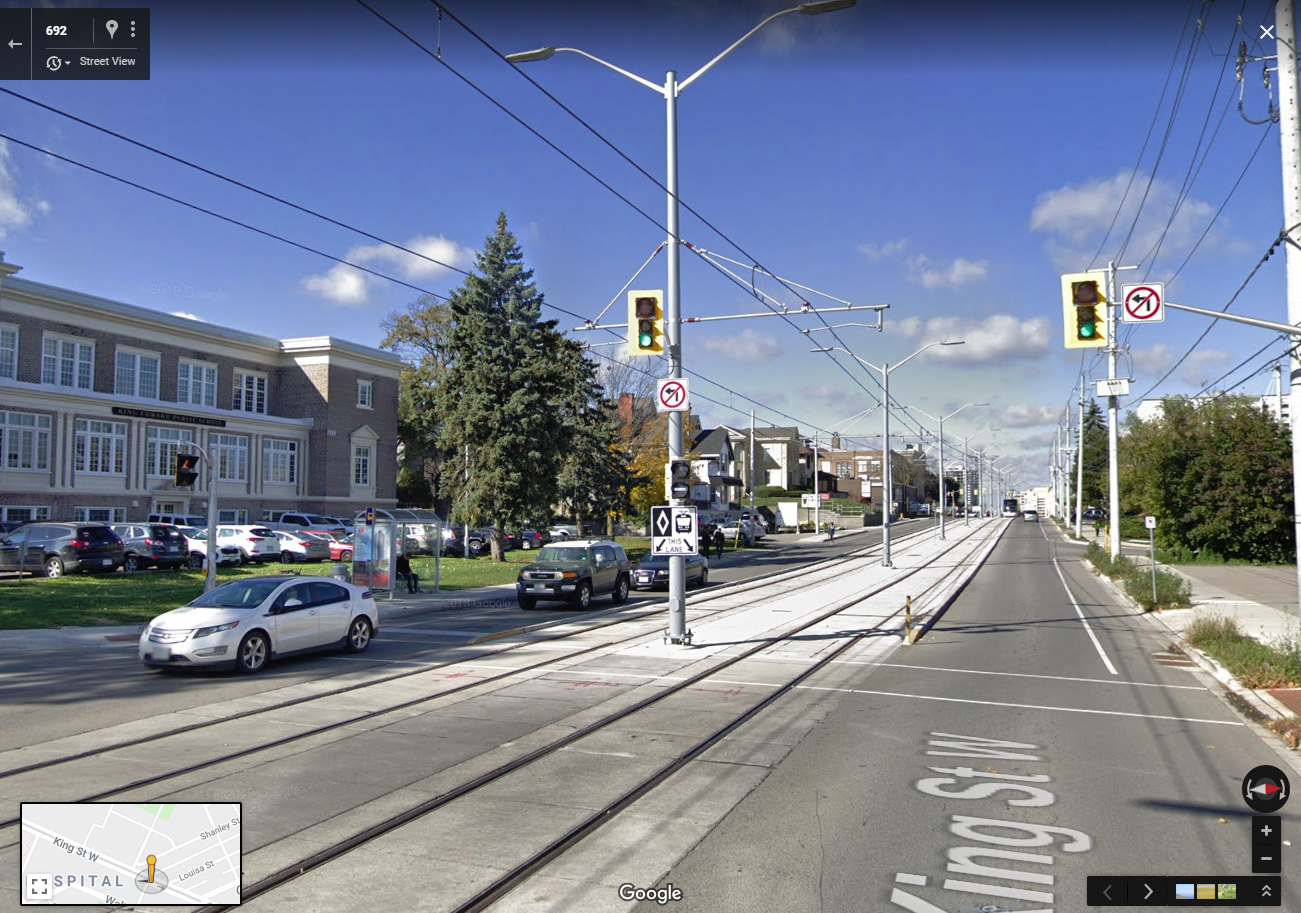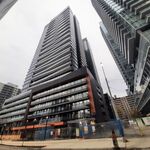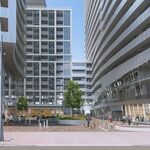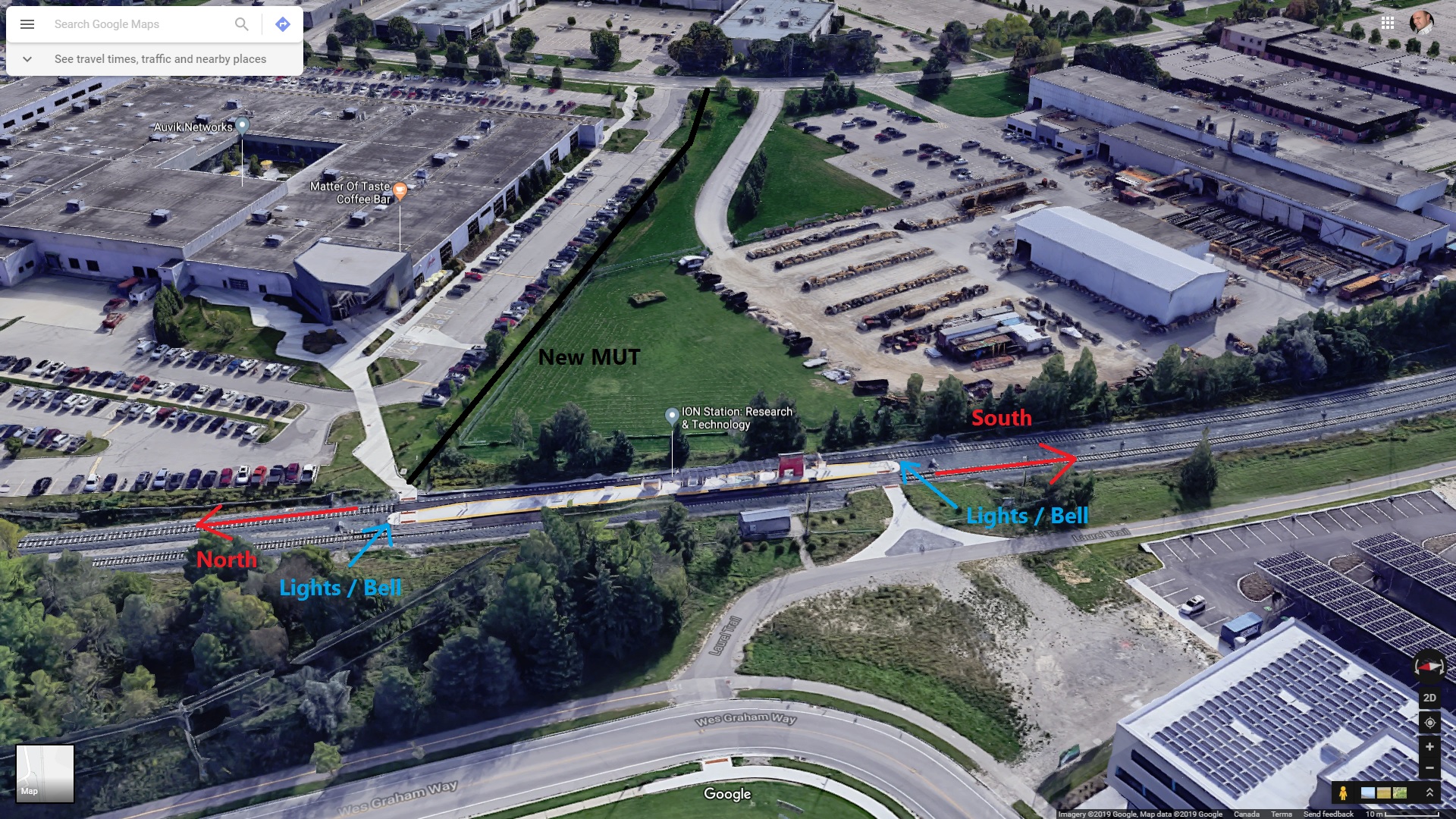As you can see in this street view image (bonus, there's an LRV in it!) the central right of way is segregated from the street by curbs, thus making it not a street car:

I believe the fact that you can
only board it at stations with level boarding platforms, as opposed to from the street itself such as in Toronto, also makes it not a street car. Even the side running bit of Ottawa St you posted a page back is segregated, as there are roll curbs and it is illegal to park, stop, or do anything other than immediately cross those side running rights of way.







